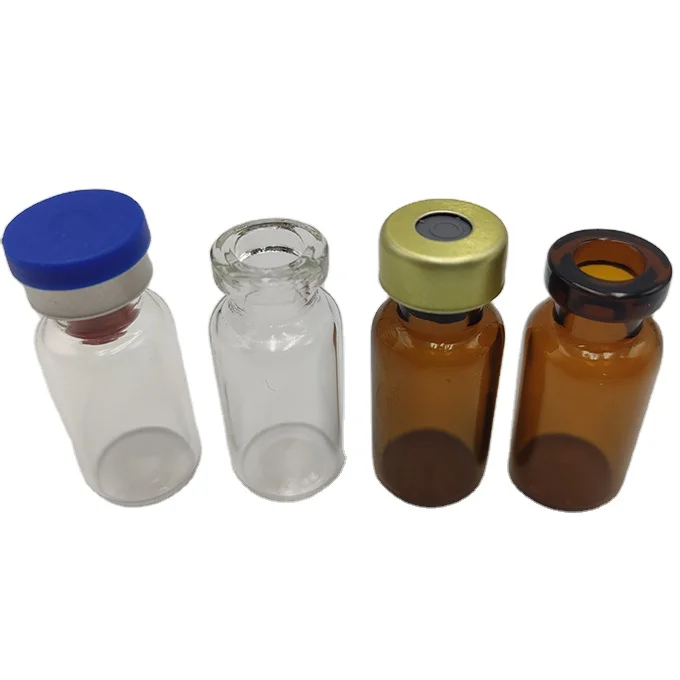Как трябва да знаете да използвате стъклени флакончета за лекарства
Изборът на стъклений флакон за съхранение на лекарствата е важен. Заключение: Стъклени флакончета се делят основно на два вида стъкло в фармацевтичната индустрия, а именно тип I и тип II. Следователно, всеки от тях има специфични свойства, които ги правят добри опции за различни лекарства.
Флакончета от стъкло тип I
Стъклени фийлки от тип I са направени от по-издръжлив боросиликатен материал. Този вид стъкло е широко оценен в индустрията поради неговата устойчивост към химически влияния и бързи промени на температурата. Подходящи за химически стабилни лекарства с комплексна формула. Благодарение на силната си химическа устойчивост и стабилност, стъклени фийлки от тип I често се използват за упаковка на инжекционни лекарства, биологични продукти или ваксини.
Стъклени фийлки от тип II
Стъклени фийлки от тип II, напротив, се произвеждат от сода-лицево-силиското стъкло. Стъклени фийлки от тип II предлагат по-голяма хидролитична устойчивост в сравнение с тези от тип I, но все още са по-малко химически устойчиви. Това беше важно, за да се предотврати взаимодействието на лекарството с контейнера. Лекарства, които трябва да бъдат напълнени с шприс – т.е. те са по-уязвими да бъдат повредени/загубени, трябва да бъдат упаковани в стъклени фийлки от тип II. Те са особено предимни при употребата на орални твърди дози, течности както и смеси.
Избор на правилния стъклен фийл
Това е ключово решение за производителите на фармацевтични препарати, когато решават какъв тип стъклена флашка да използват. Трябва да вземете под внимание природата на лекарството (например, дали има химични свойства или изисква определена температура), дългосрочната стабилност и съпротивността на съдовете срещу механични повреди. Лекарствата с висока стойност, но чувствителни (стъкло от тип I) използват флашки от стъкло от тип II, които обаче са по-подходящи за медикаменти, изискващи добър ниво на хидролитична съпротивност с ниско съдържание на метални иони и размиваемост.
Защитаване на лекарствата - защитаване на пациентите
Изборът на тип I и Ty2G шийпки е критичен за безопасността и ефикасността на лекарствата ви. Знанието за разликата между тези видове стъклени шийпки може да помогне на фармацевтичните компании да направят обоснован избор относно нуждите си за упаковка. Когато те изберат правилната стъклена шийпка за конкретния си лекарствен продукт, съобразявайки се с регулаторните изисквания и гарантирайки условия за стабилност; производителите на лекарства могат да запазят онова, което прави парfüма важен също, т.е. способността да поддържа надеждността в термините на потенциал/чистота/безопасност.

